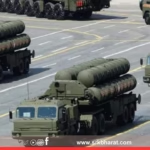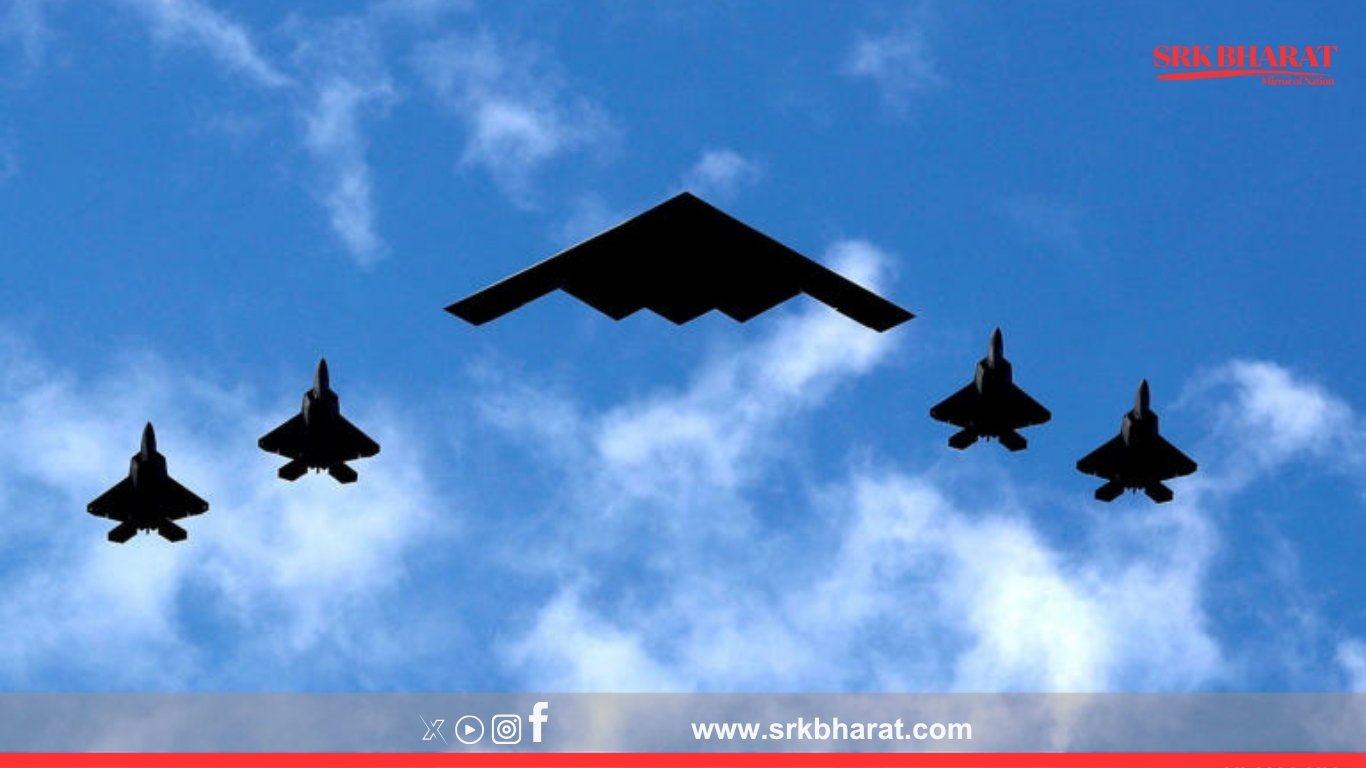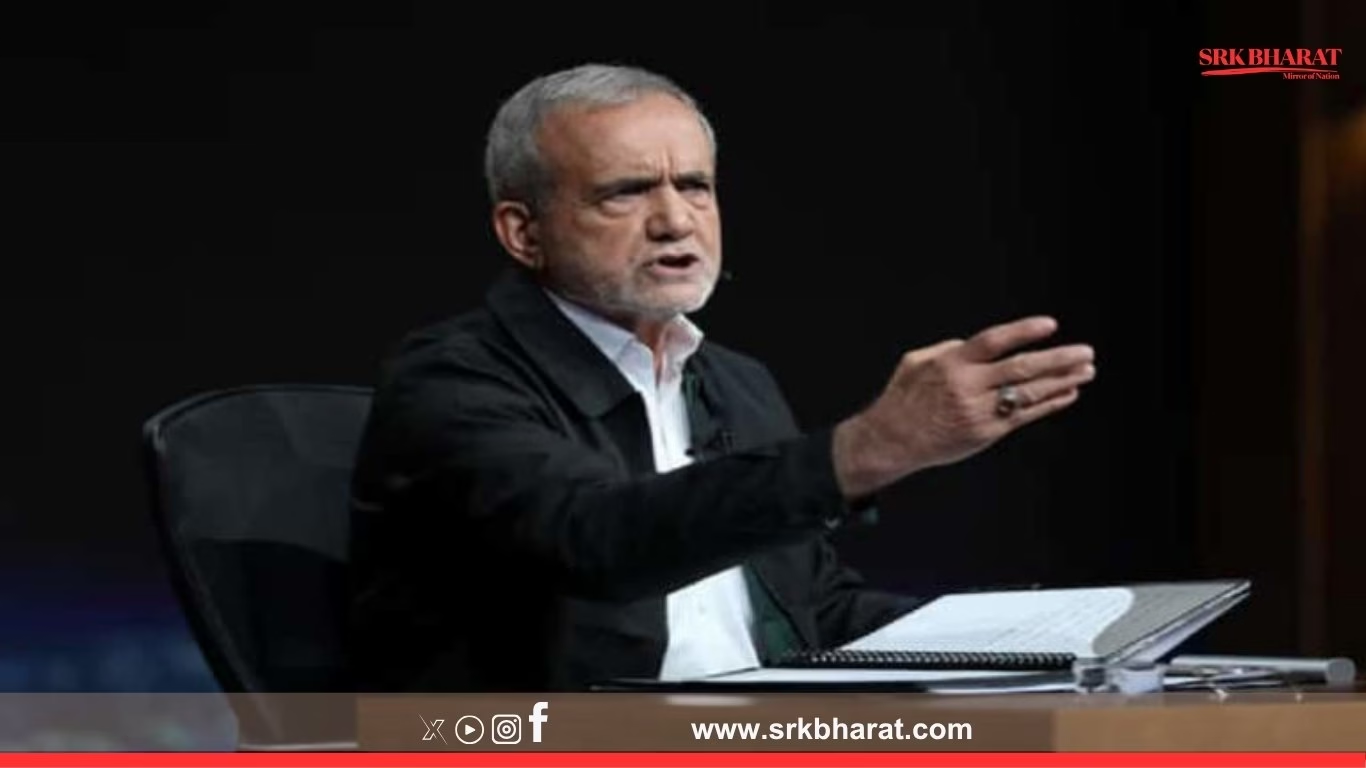In a high-stakes escalation, the United States deployed six B-2 Spirit stealth bombers and dropped 12 GBU-57 Massive Ordnance Penetrators (MOPs)—commonly known as bunker-buster bombs—to strike Iran’s fortified nuclear facilities at Fordow, Natanz, and Isfahan. The operation marks the first-ever combat use of the GBU-57, a weapon specifically designed to destroy deeply buried targets.
✈️ What Is the B-2 Spirit Bomber?
The B-2 Spirit, developed by Northrop Grumman, is one of the most advanced and expensive aircraft in the world, costing approximately $2.1 billion each.
- Stealth Capabilities: Its radar cross-section is comparable to a small bird, making it nearly invisible to enemy radar.
- Range: Over 6,000 nautical miles without refueling; with aerial refueling, it can strike any target globally.
- Payload: Can carry over 40,000 pounds of conventional or nuclear weapons, including two GBU-57 MOPs per mission.
- Crew: Operated by just two pilots, aided by advanced automation systems.
💣 What Is the GBU-57 ‘Bunker-Buster’?
The GBU-57A/B Massive Ordnance Penetrator is the largest conventional bomb in the U.S. arsenal:
- Weight: 30,000 pounds (13,600 kg)
- Length: 20.5 feet (6.25 meters)
- Penetration Power: Can pierce 200 feet of earth or 60 feet of reinforced concrete before detonation
- Purpose: Designed to destroy hardened underground bunkers, like Iran’s Fordow facility buried deep beneath a mountain
🚀 Cruise Missiles Complement the Strike
In addition to the air assault, 30 Tomahawk cruise missiles were launched from U.S. submarines, targeting Natanz and Isfahan. These precision-guided missiles are known for their long range and ability to evade air defenses.
🧭 Why These Weapons Were Chosen
Iran’s nuclear sites are heavily fortified and shielded by Russian-made air defense systems. The B-2’s stealth and the MOP’s deep-penetration capability made them the only viable option for a successful strike.
Stay with us for continuing updates on this developing story.











